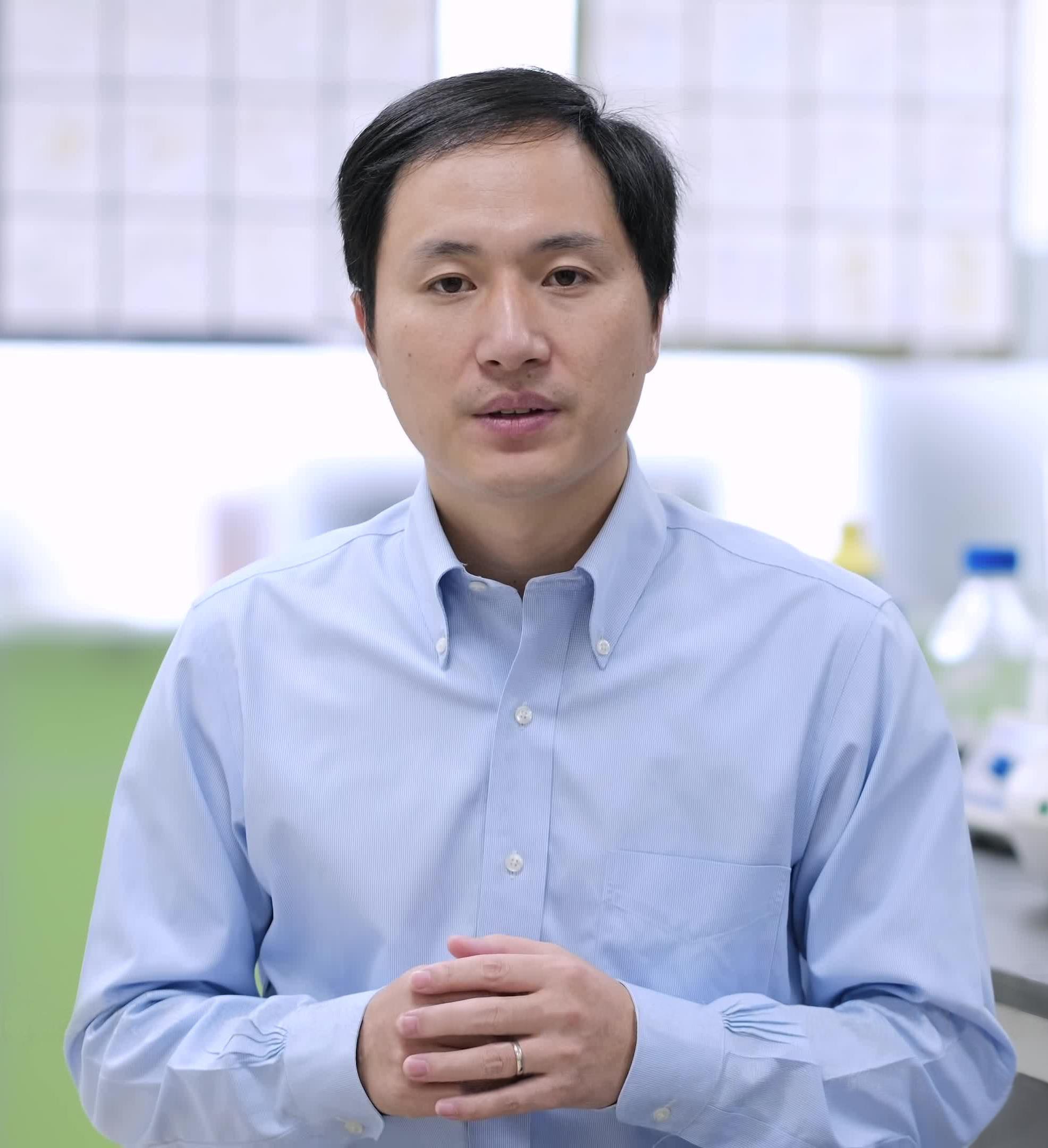Another profile of the CRISPR-babies guy: What The New Yorker adds to the story—and leaves out

Any coverage of heritable genome editing since 2018 has to include discussion of the reckless experiments of He Jiankui and the births of the three “CRISPR babies,” about whom almost nothing is known even as they approach their fifth birthdays. But does it follow that the only way to write about heritable genome editing is to profile He Jiankui himself?
On the heels of his exclusive interview in January in The Guardian and subsequent coverage by Wired and NPR, The New Yorker recently published an exploration of heritable genome editing framed by an in-depth profile of He Jiankui. In over 10,000 words, Dana Goodyear’s article The Transformative, Alarming Power of Gene Editing covers the familiar beats of He’s story, but then digs much deeper into the details, players, and context surrounding his actions.
Goodyear includes details about the extent of support He initially received from Chinese officials; the scope of his commercial ambitions, both individually and partnering with controversial fertility specialist John Zhang; and some heartbreaking details about the extreme stress experienced by the parents of Lulu and Nana after news of their birth was released. Goodyear also uncovered some little-known facts, such as that six women had edited embryos implanted, so we likely still do not know everything that happened.
Most interestingly, Goodyear’s piece unpacks some of the contradictions in the relationship between He Jiankui and the broader scientific community, complicating the narrative of He as a rogue scientist. She repeatedly highlights the implicit and explicit support He received from science luminaries, even as she notes his propensity to mislead the experts he consulted and to hear only what he wanted to in their discussions.
Goodyear questions the conventional framing of He’s story as one that was resolved with his censure by the scientific community, followed by conviction and imprisonment. She points to scientists’ seeming annoyance at He’s self-promoting return to the public stage as a sign that his refusal to disappear upsets the narrative of responsible scientific self-regulation. She rightly observes how the celebration of germline editing research at the Third International Summit on Human Genome Editing “made it clear that genetic engineering continues to move, albeit gingerly, toward the future that JK sought to hasten into existence.”
But despite the article’s welcome willingness to question the pat narrative of He Jiankui’s rise and fall, and to implicate the scientific elite in his experiments, it falls short by failing to recognize the potential social impacts of heritable genome editing. The story’s most glaring gap is any sense that developing and marketing the ability to genetically alter the traits of future generations represents an issue that requires societal deliberation. Even the concluding statement of the most recent Genome Editing Summit reaffirmed that the question is still “whether” to pursue heritable genome editing and stated that the necessary public conversations on this question have not yet taken place. In Goodyear’s story, there is no doubt that scientists are the ones who will call the shots.
In fact, Goodyear seems to wave away public wariness, repeating the trope that it will fade as did questions about the first IVF baby. She describes the ethical concerns about heritable genome editing as “contingent on the science,” stating that they will be pushed aside once it is shown to be safe. At the very least, this minimizes the ongoing safety concerns about embryo editing – including reports of “chromosomal mayhem.” She also downplays both the extent of global policy agreement that heritable genome editing should be prohibited (while rightly noting that there are those who seem eager to reverse it), and any opposition to heritable genome editing among scientists.
Especially glaring is Goodyear’s failure to mention concerns about the societal impacts of heritable genome editing. She includes no discussion of of existing alternatives to heritable genome editing, the ways that heritable genome editing could worsen inequality, nor of its potential impacts on disability communities and other marginalized groups. She tells the story of a family struggling with a child’s genetic condition, but gives no voice to people with disabilities who fear that widespread heritable genome editing might be used to eliminate their communities, culture, and existence.
The story of heritable genome editing didn’t start – and will not end – with He Jiankui. Although the article recognizes this at times, its framing as a profile of He distracts from the bigger picture.
In the article, Ben Hurlbut aptly calls out the "official" science policy discourse surrounding heritable genome editing as a “wheel that’s only going in one direction.” When a high-profile article from a highly respected outlet neglects the societal implications of heritable genome editing and excludes social justice voices and perspectives, it spins the conversation farther and faster down the wrong path.



